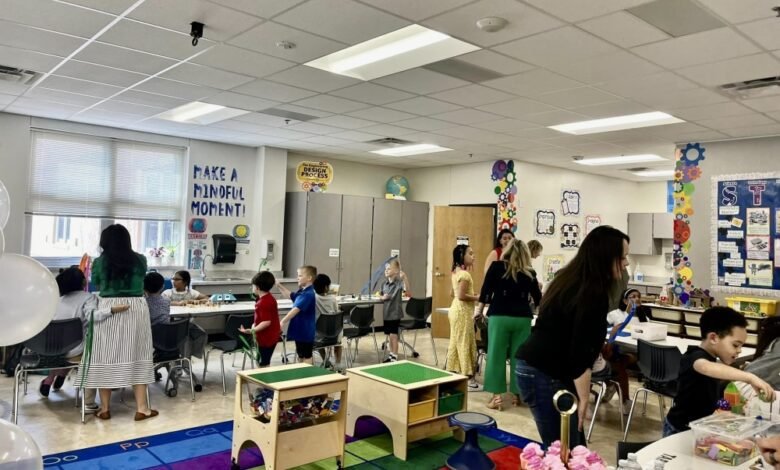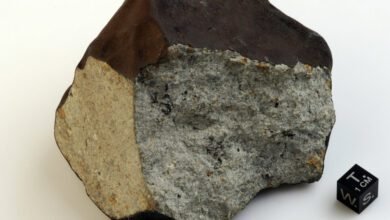Students learn hands-on science in Homestead Elementary’s STEAMagination lab

The Lewisville ISD campus, Homestead Elementary, created a space called the STEAMagination lab to enrich student learning through hands-on activities.
The lab provides opportunities for students in kindergarten through fifth grade to express their creativity in the areas of science, technology, engineering, art and math, said principal Sean Perry.
“The feedback from students has been great. They’re really enjoying getting in there and doing something different,” Perry said.
The backstory
After budget cuts and declining enrollment forced the school to cut a science discovery class, Perry decided to put the remaining materials to use and tasked the Homestead Parent Teacher Association with creating a science enrichment space.
Along with parent volunteers and staff members, Perry put together a grant proposal for the Lewisville Education Foundation, a nonprofit organization dedicated to financially supporting LISD students and teachers, to get the space up and running, he said. The foundation awarded the campus a $2,500 grant, and the team held an official ribbon-cutting in March before opening the program for faculty use.
The details
The lab activities correspond to Texas Essential Knowledge and Skills, the curriculum standard outlined by the State Board of Education, Perry said. If classrooms are working on strengths of movement or covering plants in biology, teachers will adapt lab activities to those lessons.
“Some of the activities are broad and can only be used by all grade levels, but there are specific activities for each grade level,” Perry said.
Teachers can reserve a time to bring their class and use the space, as well as check out different bins to use materials in the classroom at home, he said. Typically only one teacher signs up at a time, but sometimes entire grades sign up and rotate throughout the day. In this case, the room can receive more than 100 students in a period of eight hours.
The room has capacity for around 50 students, so it also functions as an indoor recess space available for all grades. Normally two classes share a room during recess, Perry said.
The impact
The lab is designed to help teachers make science more tactile and interesting, whether it’s building robots out of Legos or running electricity through potatoes. It also allows students to learn in a non-classroom environment, which has positive effects on mental health and understanding, Perry said. However, it’s not just science and math students who can benefit from the room. Teachers can use the creation area to attract more artistic students.
“I think the biggest thing is we want to make sure we meet all the different needs of students,” Perry said.
Additionally, the space’s vibrant, boisterous environment promotes communication skills among students as they work on activities separately and in teams, and discuss things they are learning, Perry said.
“I think this will help long-term performance,” he said. “It’s new, so it’s hard to say that it’s already contributed to it, but kids are getting actively interested in different parts of science, and that’s getting them to do some critical thinking, which will help support everything. what we are doing. in the classroom.”
What is the next?
Perry said he hopes to make the lab a requirement in the future, but for now it will remain an optional feature until teachers have more time to start working. The school administration also sent surveys to teachers and students asking for feedback on their experience using the lab, as well as information about what works and what doesn’t.
“We were trying to get some information about what they would like to see there and the different topics they would like to make sure we cover,” Perry said.
While most of the materials are reusable, making the program largely self-sustaining, the campus is open to seeking future LEF grants should the program evolve and require more funding, Perry said.
“I think it’s going to continue to grow and change based on the needs that we have, and I think with all the different things that can get kids’ attention, it’s a great way to try to access some of the kids that maybe aren’t responding in other ways. ways,” he said.




